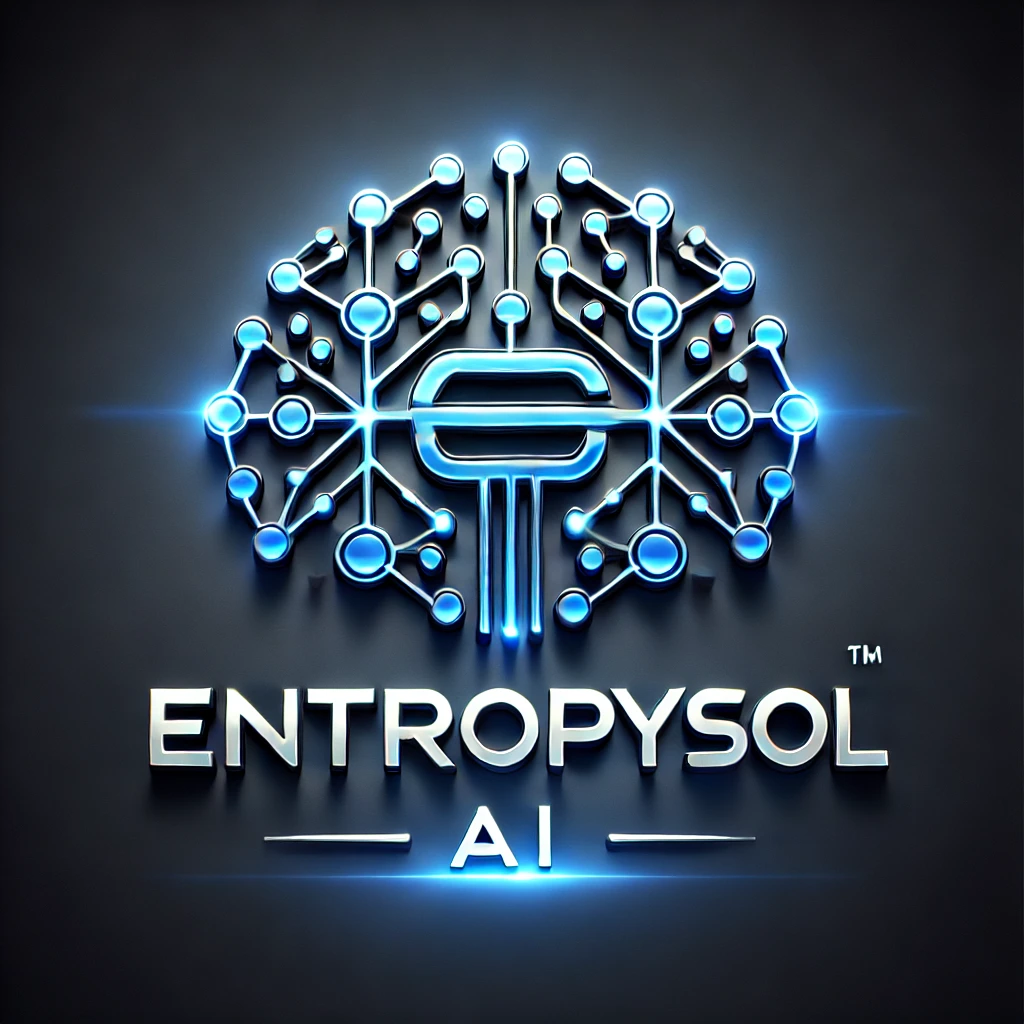In the expansive landscape of machine learning, the approach you take to train your AI models fundamentally shapes their capabilities. The two primary paradigms that dominate the field are Supervised Learning and Unsupervised Learning. Understanding the core differences between these two methodologies is crucial for anyone looking to build effective AI solutions, as each is suited for distinct types of data and problem sets.
Understanding Machine Learning Paradigms
Machine learning algorithms learn from data to make predictions or identify patterns. How they learn largely depends on whether the data they’re given is “labeled” or “unlabeled.” This distinction forms the basis of supervised and unsupervised learning, guiding everything from model selection to evaluation.
Supervised Learning Models: Learning from Labeled Data
Supervised Learning is the most common and arguably the most intuitive machine learning paradigm. It involves training models on a dataset that includes both input features and their corresponding “correct” output labels. The model learns to map inputs to outputs by identifying patterns and relationships within this labeled data.
- How it Works: The model acts like a student learning from an experienced teacher. It’s given examples with answers, and it learns to predict those answers.
- Key Tasks:
- Classification: Predicting a discrete category (e.g., spam or not spam, cat or dog).
- Regression: Predicting a continuous numerical value (e.g., house prices, temperature).
- Common Algorithms: Linear Regression, Logistic Regression, Support Vector Machines (SVMs), Decision Trees, and most applications of Neural Networks (like the Keras classification/regression models we discussed).
- Advantages:
- Clear Objective: Direct optimization for a specific prediction target.
- High Accuracy: Often achieves high predictive accuracy on well-defined problems.
- Disadvantages:
- Requires Labeled Data: Data labeling can be time-consuming, expensive, and require expert knowledge.
- Limited by Labels: Can only learn what is present in the labeled data.
Unsupervised Learning Models: Discovering Hidden Patterns
Unsupervised Learning, in contrast, deals with unlabeled data. Here, the model is tasked with finding inherent structures, patterns, or relationships within the data without any predefined output targets. It’s like letting the model explore and discover insights on its own.
- How it Works: The model acts like an explorer, identifying hidden structures and similarities in data without prior guidance.
- Key Tasks:
- Clustering: Grouping similar data points together (e.g., customer segmentation, document categorization).
- Dimensionality Reduction: Reducing the number of input variables while retaining essential information (e.g., for visualization or simplifying models).
- Association Rule Mining: Discovering relationships between variables in large databases (e.g., market basket analysis: “customers who buy X also buy Y”).
- Common Algorithms: K-Means Clustering, Principal Component Analysis (PCA), Apriori Algorithm.
- Advantages:
- No Labeled Data Needed: Can work with raw, unlabeled data, which is abundant.
- Discovers Hidden Insights: Can uncover unexpected patterns and structures.
- Disadvantages:
- No Clear Objective: Outcomes are more interpretive and harder to evaluate quantitatively.
- Computationally Intensive: Can be complex for large datasets.
Key Differences and When to Use Each
| Feature | Supervised Learning | Unsupervised Learning |
|---|---|---|
| Data Type | Labeled data (Input + Output) | Unlabeled data (Input only) |
| Goal / Task | Predict output, classify, regress | Discover patterns, group, reduce dimensions |
| Feedback Mechanism | Uses ‘correct’ answers to learn | Learns without explicit answers |
| Common Problems | Spam detection, price prediction, diagnosis | Customer segmentation, anomaly detection, data compression |
Supervised vs. Unsupervised Learning: Choosing the Right Approach for Your Data
The choice between supervised and unsupervised learning hinges on your data and the problem you aim to solve. If you have access to well-labeled data and a clear prediction objective, supervised learning is your path. If you have vast amounts of unlabeled data and are looking to discover hidden structures, segment populations, or reduce complexity, unsupervised learning is the powerful tool you need. Often, both paradigms are used in conjunction in a hybrid approach to unlock deeper insights from data.
